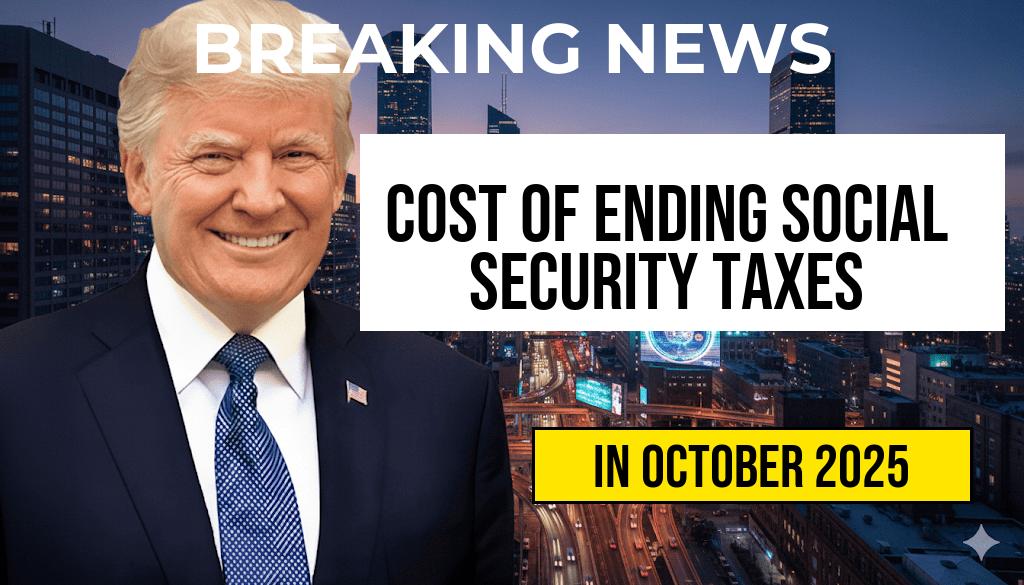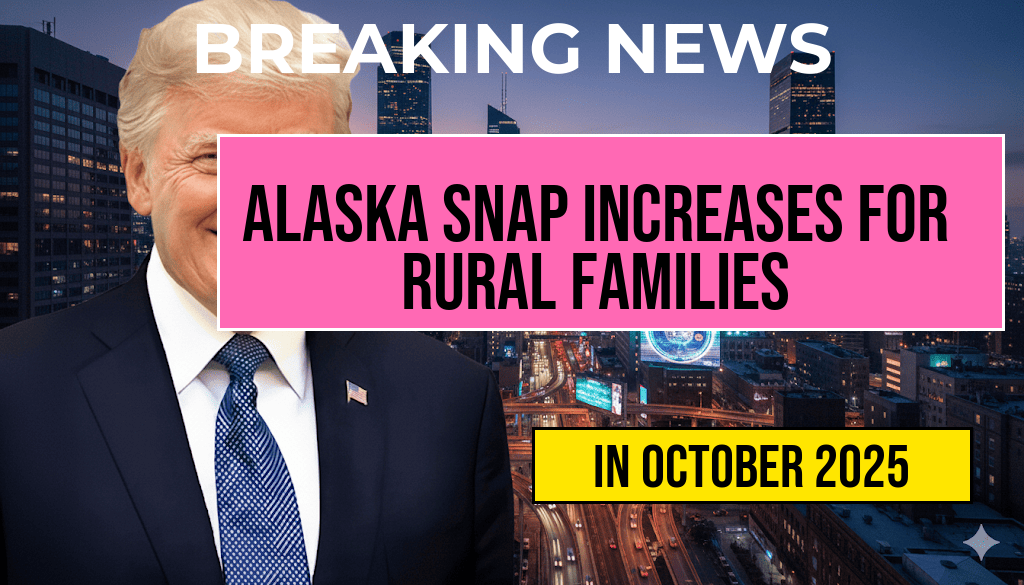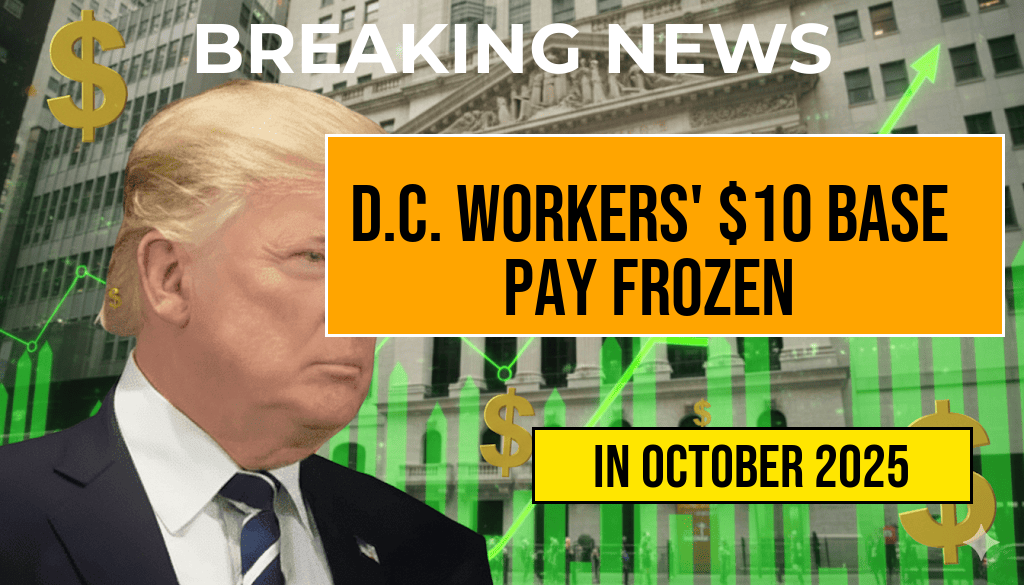The debate over the taxation of tips in the United States has gained renewed attention, particularly in light of recent proposals aimed at making tips tax-free. Estimates suggest that the cost of implementing such tax cuts could range between $100 billion and $550 billion over the next decade. This staggering price tag raises questions about the feasibility of these proposals and their potential impact on federal revenue and workers who rely on tips as a significant part of their income. As the nation grapples with economic recovery and budgetary constraints, the implications of such a policy are becoming increasingly critical.
Understanding the Proposal
At the core of the discussion is the notion of treating tips as a non-taxable income source. Currently, tips are categorized as taxable income under federal law, and service workers are required to report them. Proponents argue that eliminating the tax on tips would provide much-needed financial relief for workers in the hospitality industry, particularly as they recover from the pandemic’s economic fallout.
The Financial Implications
The estimates regarding the cost of making tips tax-free vary widely, prompting debate among economists and policymakers. The potential $100 billion to $550 billion price tag reflects the different assumptions regarding how many workers would benefit and how the federal government would compensate for lost revenue.
Key Factors Influencing the Cost
- Number of Affected Workers: There are approximately 3 million tipped workers in the U.S., primarily in restaurants and bars. The extent to which each worker benefits from tax-free tips will significantly influence the overall cost.
- Current Tax Revenue: The Internal Revenue Service (IRS) estimates that tips contribute billions to federal coffers each year. A transition to tax-free tips would require new revenue streams to offset this loss.
- Potential Economic Growth: Advocates argue that removing the tax on tips could stimulate consumer spending, as workers would have more disposable income. This could theoretically lead to job creation and increased economic activity.
Political Landscape
The proposal for tax-free tips has sparked discussions among lawmakers, with some viewing it as a necessary reform while others express concern over potential revenue losses. The idea has gained traction among certain legislative groups, particularly those focused on supporting working-class Americans. However, it faces opposition from fiscal conservatives who warn of the implications for the federal budget.
Responses from the Industry
Industry associations, including the National Restaurant Association, have expressed mixed feelings about the proposal. Some believe that tax-free tips could enhance worker satisfaction and retention, while others worry about the long-term sustainability of such a policy in the face of economic uncertainties.
Comparative Analysis: Other Tax Reforms
To better understand the implications of making tips tax-free, it is helpful to look at other recent tax reforms and their outcomes. For instance, the 2017 Tax Cuts and Jobs Act aimed to stimulate the economy through significant tax reductions for corporations and individuals. However, its long-term impacts on revenue and the deficit remain contentious.
| Tax Reform | Year | Estimated Revenue Impact | Primary Beneficiaries |
|---|---|---|---|
| Tax Cuts and Jobs Act | 2017 | -$1.5 trillion over 10 years | Corporations, high-income earners |
| Proposed Tip Tax Elimination | 2023 (proposed) | $100 billion – $550 billion over 10 years | Tipped workers |
Future Considerations
The discussion surrounding the tax-free treatment of tips is likely to continue as stakeholders weigh the potential benefits against the fiscal responsibilities of the government. As the economic landscape evolves, the voices of affected workers, industry leaders, and lawmakers will play critical roles in shaping this policy debate.
For more information on the taxation of tips and related economic policies, visit Forbes and Wikipedia.
Frequently Asked Questions
What is the estimated cost of making tips tax-free?
The estimated cost of making tips tax-free ranges from $100 billion to $550 billion, reflecting the significant revenue loss for the government.
How would eliminating taxes on tips impact workers?
Eliminating taxes on tips could provide financial relief for workers in the service industry, allowing them to keep more of their earnings and potentially increase their disposable income.
What are the potential economic implications of tip tax cuts?
Tip tax cuts could stimulate consumer spending as workers have more money to spend, but they also raise concerns about the budget deficit and overall economic stability.
Who would benefit the most from tax-free tips?
The primary beneficiaries of tax-free tips would be service industry workers, such as waitstaff, bartenders, and taxi drivers, who rely heavily on tips as part of their income.
What are the arguments against making tips tax-free?
Opponents argue that making tips tax-free could lead to a significant decrease in government revenue, which could impact essential services and public programs funded by tax collections.








